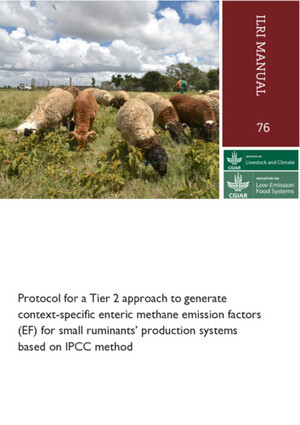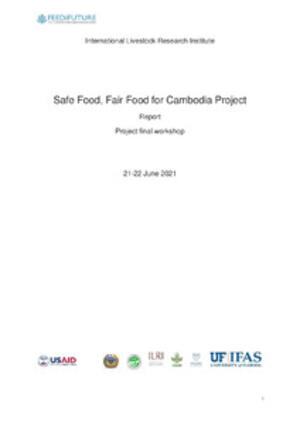
Ascaris lumbricoides and Trichuris trichiura infections associated with wastewater and human excreta use in agriculture in Vietnam
Abstract
Background We assessed the risk of helminth infections in association with the use of wastewater and excreta in agriculture in Hanam province, northern Vietnam. In two cross-sectional surveys, we obtained samples from 1,425 individuals from 453 randomly selected households. Kato-Katz thick smear and formalin-ether concentration techniques were used for helminth diagnosis in two stool samples per person. Socio-demographic and water, sanitation and hygiene related characteristics, including exposure to human and animal excreta and household wastewater management, were assessed with a questionnaire. Results Overall 47% of study participants were infected with any helminth (Ascaris lumbricoides 24%, Trichuris trichiura 40% and hookworm 2%). Infections with intestinal protozoa were rare (i.e. Entamoeba histolytica 6%, Entamoeba coli 2%, Giardia lamblia 2%, Cryptosporidium parvum 5% and Cyclospora cayetanensis 1%). People having close contact with polluted Nhue River water had a higher risk of helminth infections (odds ratio [OR] = 1.5, 95% confidence interval [CI] 1.1–2.2) and A. lumbricoides (OR = 2.1, 95% CI 1.4–3.2), compared with those without contact. The use of human excreta for application in the field had an increased risk for a T. trichiura infection (OR = 1.5, 95% CI 1.0–2.3). In contrast, tap water use in households was a protective factor against any helminth infection (i.e. T. trichiura OR = 0.6, 95% CI 0.4–0.9). Prevalences increased with age and males had generally lower prevalences (OR = 0.8, 95% CI 0.6–1.0), participants performing agricultural (OR = 1.5, 95% CI 1.1–2.1) and having a low educational level (OR = 1.7, 95% CI 1.2–2.4) were significantly associated with helminth infections. None of the factors related to household's sanitary condition, type of latrine, household's SES, use of animal excreta, and personal hygiene practices were statistically significant associated with helminth infection. Conclusions Our study suggests that in agricultural settings, direct contact with water from Nhue River and the use of human excreta as fertiliser in the fields are important risk factors for helminth infection. Daily use of clean water is likely to reduce the risk of worm infection. Deworming policies and national programs should give more attention to these agricultural at risk populations.
Citation
Phuc Pham-Duc, Hung Nguyen-Viet, Hattendorf, J. Jakob Zinsstag, Cam Phung-Dac, Zurbrügg, C. and Odermatt, P. 2013. Ascaris lumbricoides and Trichuris trichiura infections associated with wastewater and human excreta use in agriculture in Vietnam. Parasitology International 62(2): 172-180.







